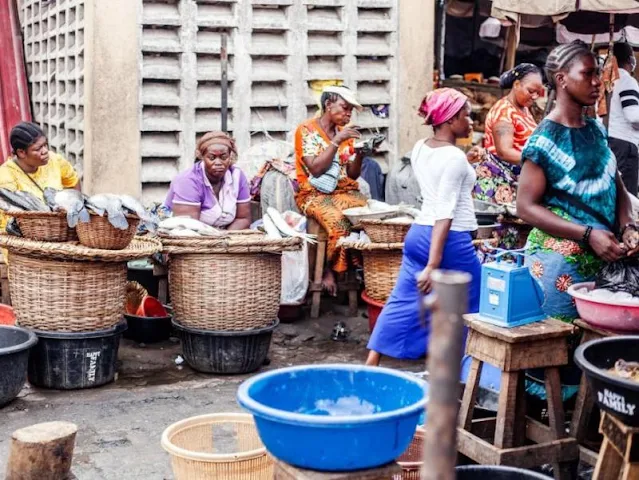Nearly 133 million Nigerians, or 63% of the population, are classified as multidimensionally poor, according to the National Bureau of Statistics (NBS).
The federal government's 2022 Multidimensional Poverty Index (MPI) report was unveiled on Thursday in Abuja, and one of its highlights was this.
The MPI study estimates that 65% (86 million) of the poor live in the North and 35% (nearly 47 million) do so in the South.
The incidence of multidimensional poverty varies greatly between the states, with a low of 27% in Ondo and a high of 91% in Sokoto. This shows the wide range of poverty levels across the states.
The research added that more than half of Nigeria’s population is multidimensionally poor and cooks with dung, wood, or charcoal instead of cleaner energy. National deprivations are also evident in sanitation, access to healthcare, food insecurity, and housing.
“In general, the incidence of monetary poverty is lower than the incidence of multidimensional poverty across most states. In Nigeria, 40.1% of people are poor according to the 2018/19 national monetary poverty line, and 63% are multidimensionally poor according to the National MPI 2022.
“Multidimensional poverty is higher in rural areas, where 72% of people are poor, compared to 42% in urban areas.
“The National MPI is reported with a linked Child MPI, which provides additional information on Multidimensional Child Poverty in Nigeria,” highlighted the report.
According to the research, two-thirds (67.5%) of children (0–17) are multidimensionally poor according to the National MPI, and children account for half (51%) of the impoverished population.
The highest levels of deprivation are associated with the indicator of child engagement, where more than half of poor children lack the intellectual stimulation essential for early childhood development.
It was stated that “child poverty is prevalent in rural areas, with almost 90% of rural children experiencing poverty. Across the geo-political zones, the child MPI shows higher poverty in the North-East and North-West (where 90% of children are poor) and lower poverty in the South-East and South-West (74% and 65.1%, respectively).
“The incidence of Child MPI is above 50% in all States and greater than 95% in Bayelsa, Sokoto, Gombe, and Kebbi.
Four million Nigerians – 2.1% of the population – live with a child aged 15–17 who is the first generation in that household to have completed primary school”.
The Bureau, the National Social Safety-Nets Coordinating Office (NASSCO), the United Nations Development Programme (UNDP), the United Nations Children’s Fund (UNICEF), and the Oxford Poverty and Human Development Initiative collaborated on the survey, according to a statement released by the Bureau’s Director of Communications and Public Relations, Sunday Ichedi (OPHI).
The survey, performed between November 2021 and February 2022 and sampled approximately 56,000 homes across the 36 states of the Federation and the FCT, gives multidimensional poverty estimates at the senatorial district level.



